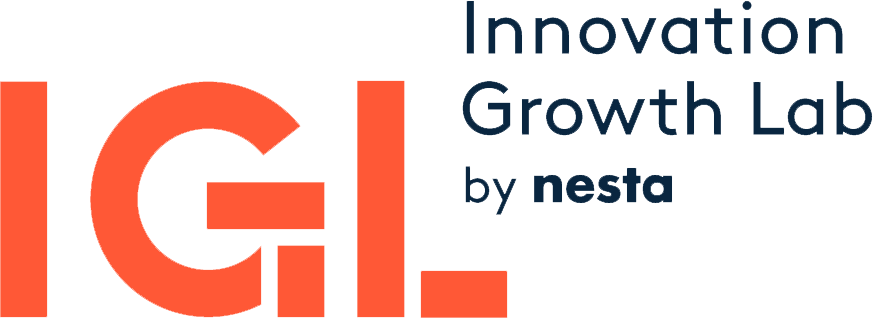
Approximately a year ago, I interviewed members of upper management in fourteen international for-profit organisations. These organisations were members of a growing practitioner movement, otherwise known as purpose-driven organisations, which was attempting to place prosocial or pro-environmental goals at the heart of for-profit business operations. Today, organisational purpose is becoming an increasingly important concept. There are now rankings for purpose-driven organisations, consultancy companies that specialise in helping businesses develop a sense of purpose, and a multitude of practitioner articles discussing the concept of purpose in business.
In the previously mentioned interviews with these purpose-driven practitioners, the interviewees gave many reasons to justify why the company decided to adopt a purpose. Some made good sense. Some were a little iffy. However, by far the most interesting one to me was that practitioners believed giving their company a purpose would lead to better innovations. This wasn’t just one interviewee, but multiple practitioners who thought their companies would innovate better if they adopted societally valuable pursuits. Multiple examples were also given where an innovation that helped out a company’s purpose-driven agendas also helped the company grow and adapt to the changing business climate.
However, when the interviewees were asked why this increase in innovation would occur, answers were often different and less clear. In fact, the practitioners believed academics could help the movement by showing through research the power of purpose to bring about the positive effects that the interviewees claimed they were witnessing. Subsequently, validating and testing the benefits of purpose has become a main focus of my research.
So how does purpose affect innovation?
Purpose-driven organisations will encourage their employees to think in terms of others, as they focus on the positive benefit their actions and products can have on different people. In academic research, this is called having an ‘others perspective’, and it has been known to affect creativity.
A good way to think about this concept is to imagine the different uses you would have for an object like a brick. Ok, now imagine the different uses your five closest friends could have for a brick. Now imagine the different uses everyone in your town or city could have for a brick. Do the number of uses increase? The idea is that, as you consider more types of people, the possible uses for a brick become more diverse and numerous, because you are no longer limiting the uses of the brick to just what you might find it useful for.
A company that is constantly focused on itself and its own profits will embed habits into its employees to think in those narrow terms. On the other hand, a company that wants to help the greater world will embed an ‘others perspective’ into its employees. This habit of thinking in terms of others will have an effect on the number and quality of innovations a company can produce.
To find out whether this actually makes a difference or not, my colleagues and I have designed a lab study that will instill habits of perspective (others vs self) into individuals, and then measure their creative output. If the findings show that an ‘other perspective’ – or purpose – impacts creative output, it will be particularly useful for companies to understand how authentically embedded pro-social or pro-environmental purposes to their business may help them innovate in the future.
Our lab experiment is starting in early fall. Depending on the results, we will also look to take our research a step further by running similar trials in companies.
This RCT was funded by the IGL Grants programme.



